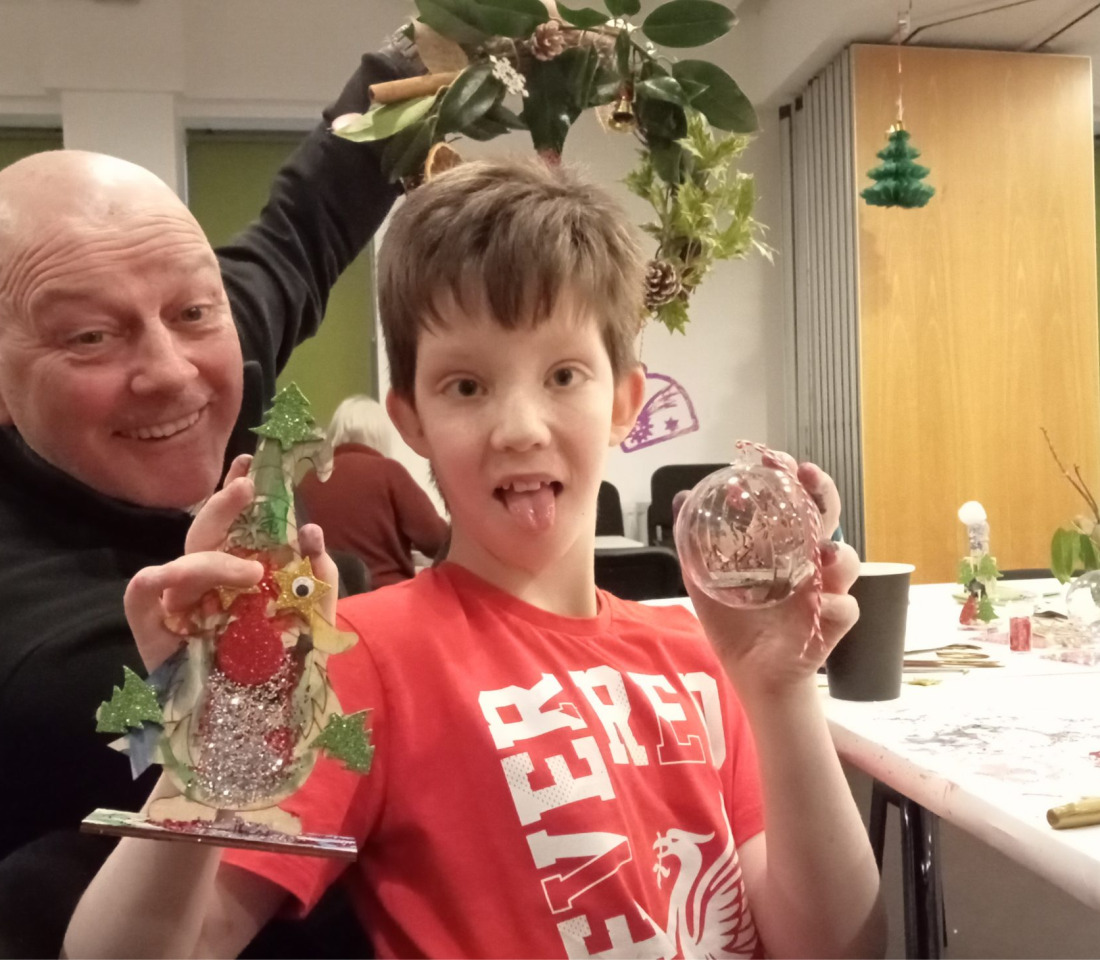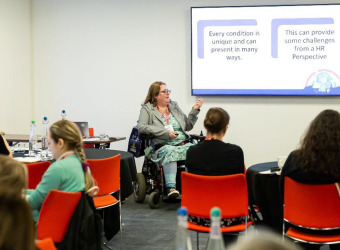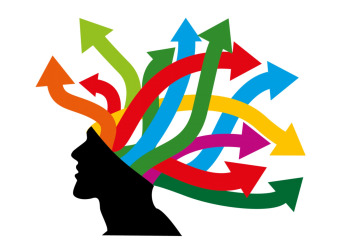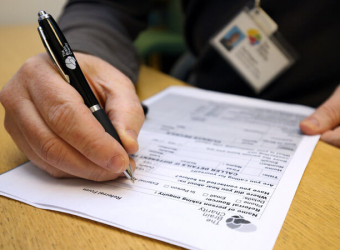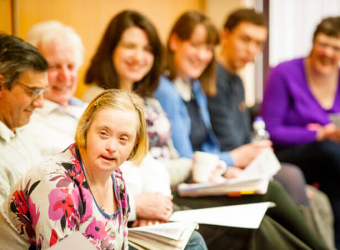What is Alexithymia?
Alexithymia is when a person has difficulty identifying and displaying their emotions. These people can struggle to distinguish between and describe their emotions. Alexithymia is not a diagnosis, and people can be impacted in a various of ways and to various severities.
What causes Alexithymia?
The cause of Alexithymia is not known. It affects 1 in 10 people and is more prominent in those with autism, affecting 1 in 5 people who have autism. It can be caused by traumatic events and those who have post-traumatic stress disorder (PTSD).
Those with Alexithymia still feel all the same emotions as those without it, their difficulties are in communicating that outside of themselves.
What are the symptoms of Alexithymia?
Alexithymia can occur in a person with autism. An adult with autism and alexithymia can struggle to report and describe their emotional states to loved ones and healthcare professionals. This can cause feelings of isolation and loneliness. This can further cause difficulties in forming relationships as people living with Alexithymia can find it hard to distinguish the emotions of those around and therefore how to respond to them. Those with Alexithymia might not react in a socially expected way and can lead to feelings of rejection.
As these people have difficulties in emotional recognition, regulation and communicating emotional states, it makes them an increased risk to being vulnerable to suicide or impulsive behaviours that can be harmful to themselves or others.
This may all lead to increased anxiety for these people as they feel unable to fit in with those around them. They can be worsened by struggling to self-regulate or talk through the feelings of anxiety as a result of the Alexithymia.


